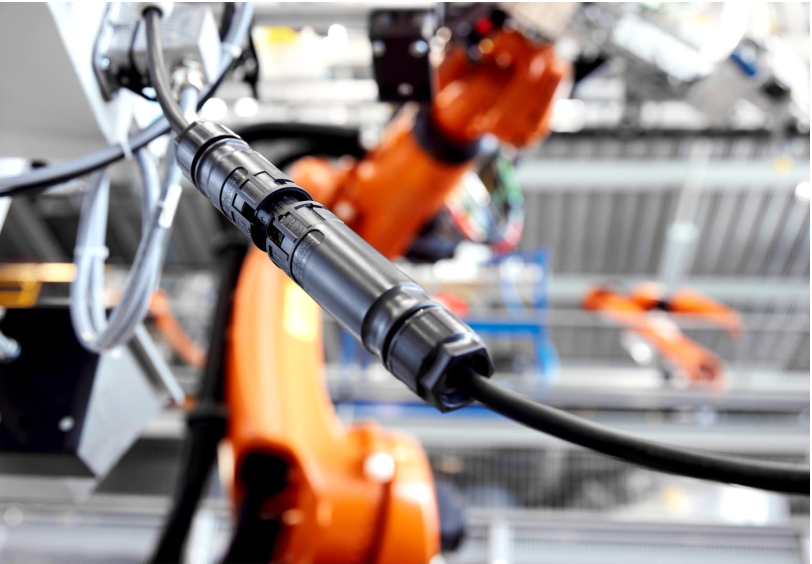
Overview
In this blog article, we will explain the magneto-optic effect’s principle for monitoring surge currents in lightning strikes. We will use the example of a lightning monitoring system in wind power plants, monuments, and power transformation substations.
Lightning monitoring on exposed objects
Lightning strikes can cause severe damage to buildings and systems, especially in residential or commercial buildings. One can quickly evaluate the extent of damage and immediately repair it, preventing consequential damage. However, employees cannot continuously monitor exposed objects or large surfaces like wind power plants or railway systems. That’s why the use of Intelligent monitoring systems is becoming more common to permanently monitor system function states and send results to a central control unit. This allows for immediate response in case of malfunctions and prevents consequential damage and long downtimes. Until now, no measuring system could reliably detect and evaluate lightning strikes.
New monitoring technology with the Faraday effect
A new monitoring system uses the Faraday effect and magneto-optic effect to analyze surge currents in lightning arresters. Moreover, a fiber optic cable transmits signals, preventing lightning currents from influencing the light signal. This ensures reliable and EMC-protected signals for the evaluation unit electronics, ensuring efficient and reliable monitoring and measurement.
Structure of the measuring section
The measuring section is a transparent dielectric with polarizers at either end, positioned 90 degrees to the current flow direction in the down conductor. Consequently, Ensuring that the propagation direction of a light wave is parallel to the surge current’s magnetic field.
Continue reading









